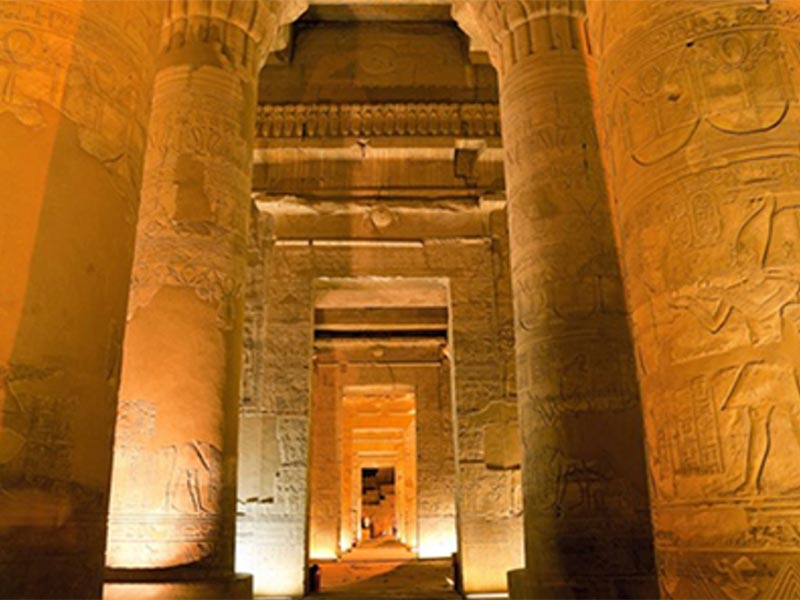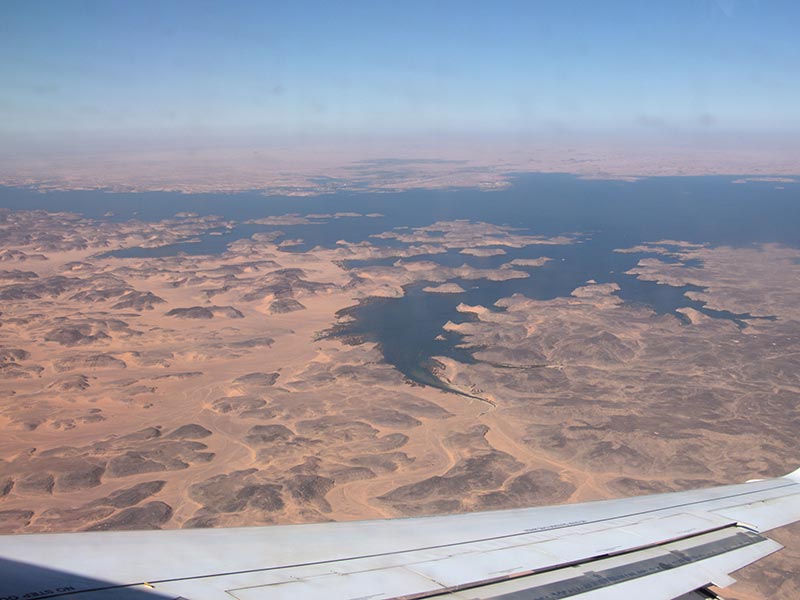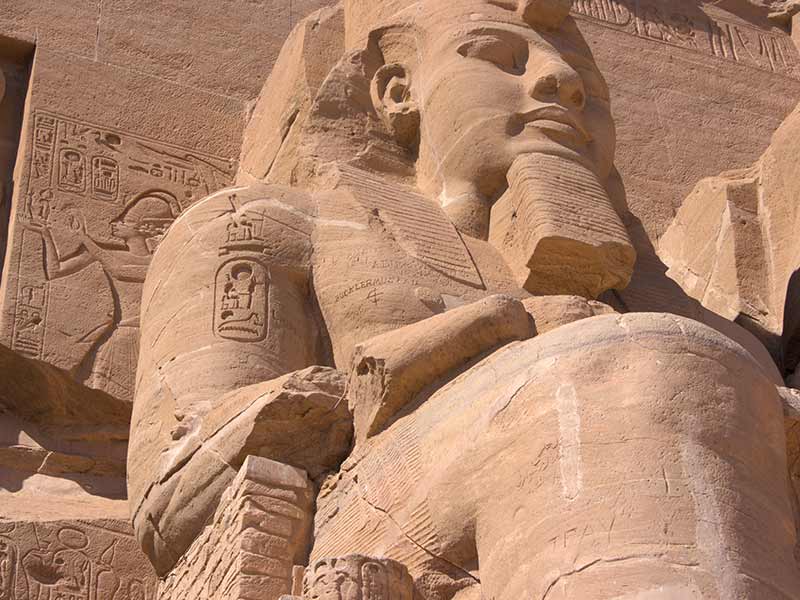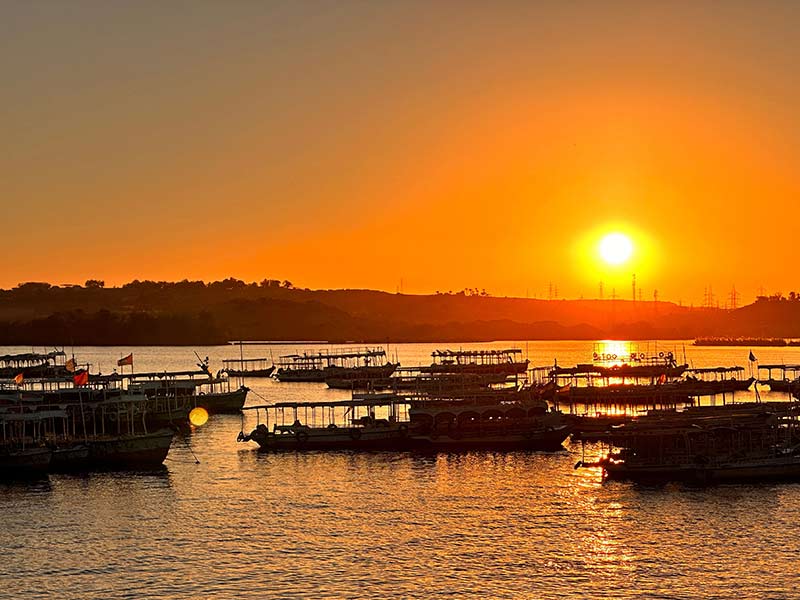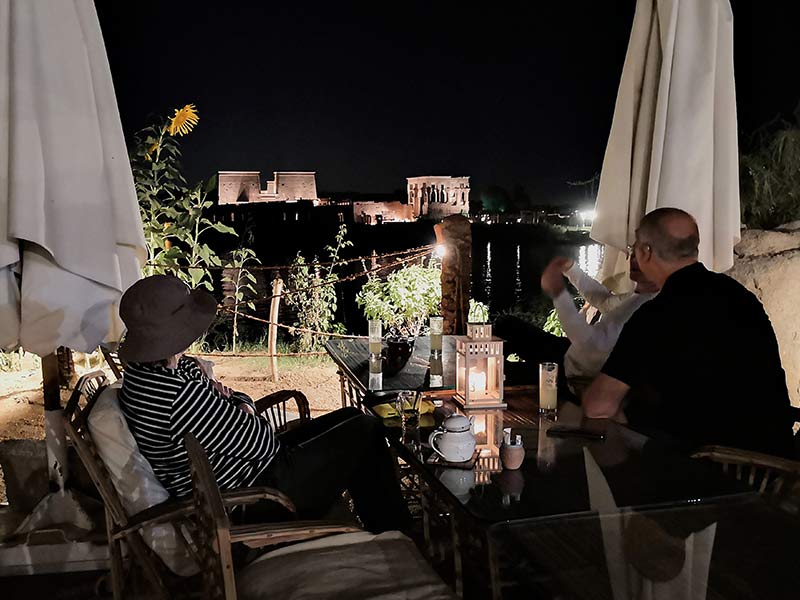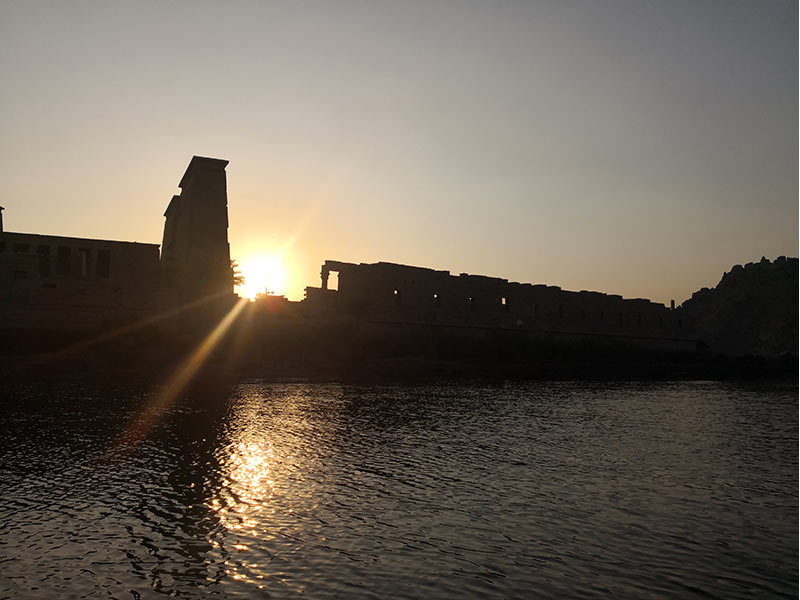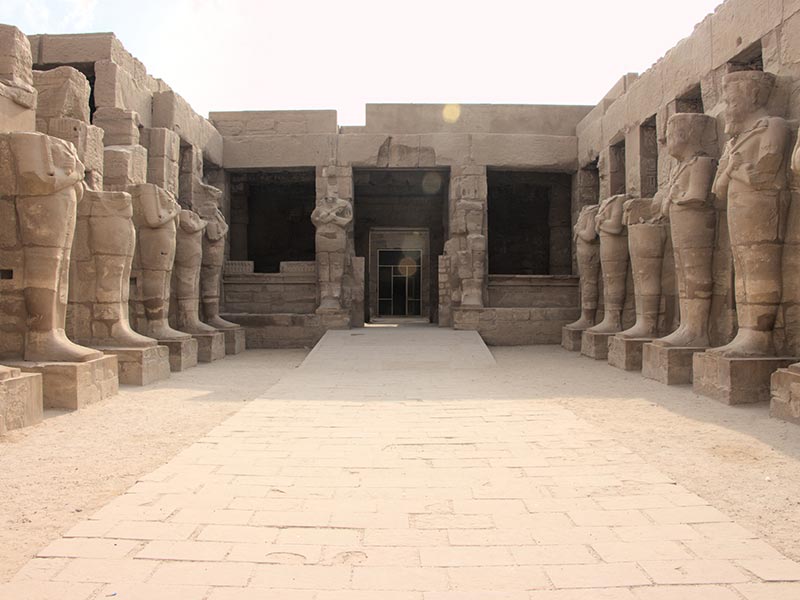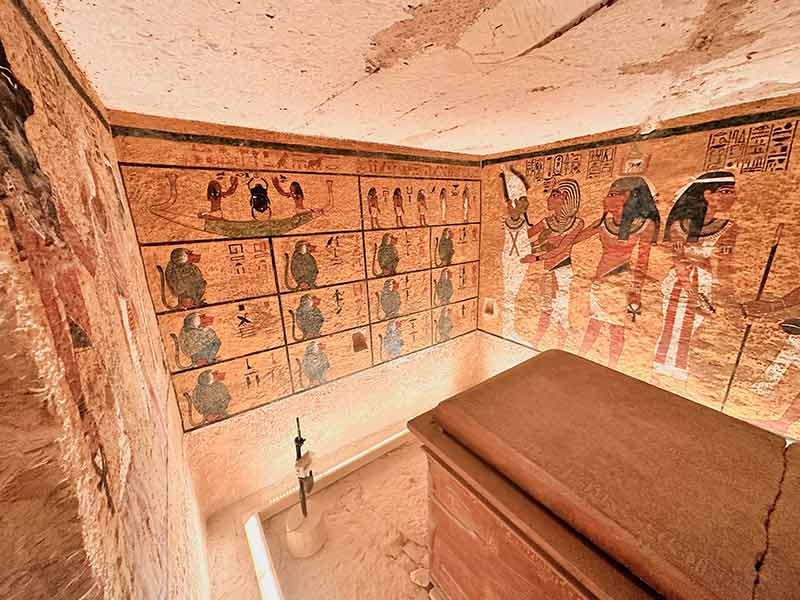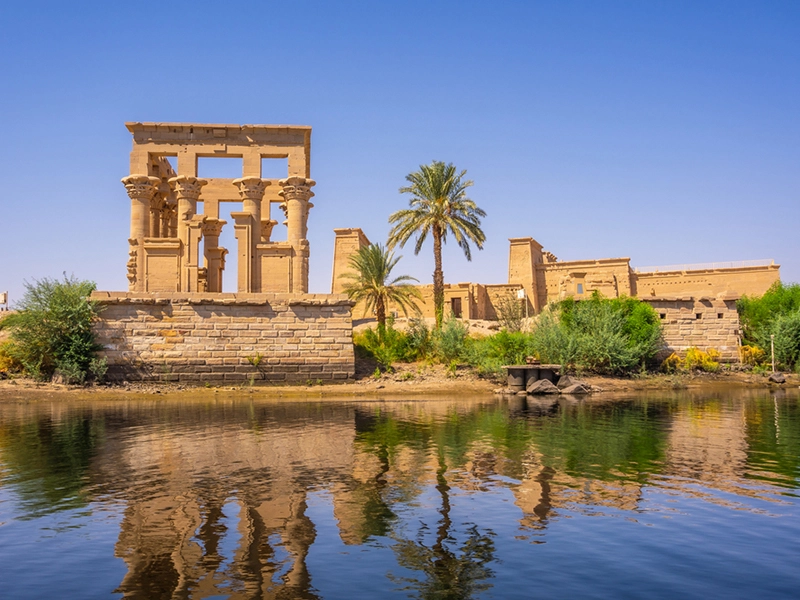- Overview
- Trip Outline
- Trip Includes
- Trip Excludes
- Gallery
- Booking
- FAQ
Experience the Wonders of an Egypt Cultural Tour
Embark on a mesmerizing journey through the timeless wonders of Egypt with an unforgettable Egypt cultural tour. Particularly, experience ancient history and modern marvels in a breathtaking tapestry of culture and beauty. Firstly, start your adventure in the idyllic city of Aswan, a serene southern gem along the Nile River, Aswan, once known as Swenett. In fact it served as a crucial gateway to the south in ancient times, renowned for its granite quarries that supplied materials for obelisks and sculptures. Today, it offers a perfect blend of historical significance and natural beauty, making it an ideal destination for travelers seeking a rich cultural experience and a tranquil escape.
Eco-Friendly Stay at Eco Nubia
Furthermore stay at the eco-friendly Eco Nubia, a unique lodge built with sustainable materials and perched on the banks of the Nile. This exceptional accommodation not only provides stunning views of the Temple of Philae but also supports the local community by promoting sustainable tourism practices. As you settle into the serene environment of Eco Nubia, you'll find yourself surrounded by the captivating history and natural splendor that define this region.
Explore Abu Simbel and Kalabsha Temple
Explore the majestic temples of Abu Simbel, a testament to the grandeur of Ramses II. These colossal rock temples, relocated to the shores of Lake Nasser to save them from rising waters, stand as a tribute to demonstrate ancient Egyptian ingenuity and artistry. Additionally, the well-preserved Kalabsha Temple near by, dedicated to the Nubian god Mandulis, offers further insights into the region's rich cultural heritage. As your Egypt cultural tour includes also the Aswan High Dam, one of the world's largest dams, you'll gain an appreciation for the modern engineering feats that have shaped contemporary Egypt while protecting its ancient treasures.
Discover the Giza Pyramids and Egyptian Museum
Your Egypt travel adventure further continues with visits to the iconic Giza Pyramids and the enigmatic Sphinx, symbols of Egypt's enduring legacy. Stroll through the Egyptian Museum in Cairo, home to the world's largest collection of Pharaonic antiquities. Here, you'll encounter artifacts that span millennia, from the Predynastic Period to the Greco-Roman era, providing a comprehensive glimpse into the lives and beliefs of ancient Egyptians.
Egypt Cultural Tour special: Cruise the Nile to Kom Ombo and Edfu Temples
Cruise along the Nile River to the ancient temples of Kom Ombo and Edfu. The Temple of Kom Ombo, specifically dedicated to both Sobek and Horus, and the remarkably preserved Temple of Horus in Edfu, offer a deeper understanding of the religious practices and architectural prowess of ancient Egypt. As you journey also towards Luxor, the city of the Pharaohs, you'll encounter the stunning Luxor and Karnak temples, connected by the historic Avenue of Sphinxes.
Explore the Valley of the Kings in Luxor- Egypt Cultural Tour de luxe
Luxor, in effect often referred to as the world's greatest open-air museum, is home to the Valley of the Kings, where the tombs of Egypt's illustrious rulers lie hidden in the hills. Additionally the Mortuary Temple of Queen Hatshepsut and the Colossi of Memnon are just a few of the awe-inspiring sites that await you on the West Bank of Luxor. Altogether, each monument and relic tells a story of a civilization that continues to captivate the world.
Conclude Your Egypt Cultural Tour in Maadi, Cairo
Finally conclude your journey with a visit to the charming district of Maadi in Cairo, where you'll experience the hospitality of the historic Villa Belle Epoque. This boutique hotel, nestled amidst lush gardens and historic architecture, provides a serene retreat from the bustling city. Lastly, reflect on your incredible adventure as you unwind in the comfort and elegance of this unique establishment.
Prepare for an extraordinary journey through the millennia, where every step reveals the beauty and magic of ancient Egypt. From the tranquil banks of the Nile to the awe-inspiring monuments of the Pharaohs, in any case this unforgettable Egypt cultural tour promises to leave you with memories that will last a lifetime. Experience the allure of Egypt and immerse yourself in a world where history and legend come alive.
Day 1: Cairo - Aswan (Flight)
Start your Egypt cultural tour in Aswan. Known for its beautiful Nile Valley landscape and significant archaeological sites, Aswan offers a peaceful atmosphere perfect for immersion into Egypt's rich history. Once upon arrival, enjoy a transfer to your accommodation at Eco Nubia, an eco-lodge overlooking the Temple of Philae. Settle in and enjoy a welcome talk with your guide. Overnight stay at Eco Nubia or similar.
Day 2: Abu Simbel - Kalabsha Temple - High Dam
Secondly, visit the majestic Abu Simbel temples, built by Ramses II, and relocated to save them from rising waters. Moreover take a morning flight to Abu Simbel and explore the colossal rock temples. Return to Aswan and visit the Kalabsha Temple, the largest freestanding temple in Lower Nubia, dedicated to the Nubian god Mandulis. In the afternoon, visit the Aswan High Dam, one of the world's largest dams, which protects the Nile Valley from floods and droughts. Finally enjoy the sunset from your accommodation, overlooking the Temple of Philae. Overnight stay at Eco Nubia or similar (B).
Day 3: Aswan - Philae Temple - Elephantine - Bazaar
After breakfast, visit the Philae Temple, dedicated to the goddess Isis. Take a short boat ride to the island and explore the temple's intricate carvings and beautiful courtyards. Afterwards, head to Elephantine Island, a major attraction in Aswan known for its ancient ruins and temples dedicated to the god Khnum. After a short break, visit the colorful Aswan Bazaar, a vibrant market offering a variety of Egyptian and African goods. End the day with a visit to the historic Old Cataract Hotel, built in 1899. Enjoy a sunset view and a relaxing evening. Overnight stay at Eco Nubia or similar (B).
Day 4: Aswan - Kom Ombo - Edfu - Esna - Luxor
Leave Eco Nubia straightaway and start your journey to Luxor, stopping at key sites along the way. Furthermore visit the Temple of Kom Ombo, unique for its dedication to two deities: Sobek and Horus. Continue to Edfu, home to the well-preserved Temple of Horus, one of the best-preserved shrines in Egypt. Drive through Esna, known for its locks on the Nile, before arriving in Luxor in the evening. Overnight stay at Pavillon Winter Palace or similar (B).
Day 5: Luxor - Luxor Temple - Karnak Temple - (Optional: Hot Air Balloon Ride)
Occasionally begin the day with an optional hot air balloon ride, offering a stunning aerial view of Luxor's open-air museum. Visit Luxor Temple, built during the New Kingdom, and connected to Karnak Temple by the Avenue of Sphinxes. Explore the vast Karnak Temple complex, the largest religious building ever constructed. Discover its impressive structures, including the Great Hypostyle Hall with its massive columns. Overnight stay at Pavillon Winter Palace or similar (B).
Day 6: West Bank of Luxor - Valley of the Kings - Cairo
Cross to the West Bank of Luxor, home to some of Egypt's most important archaeological sites. Visit the Valley of the Kings, where pharaohs were buried in richly decorated tombs. Explore the Mortuary Temple of Queen Hatshepsut, as can be seen, a stunning terraced structure built into the cliffs. In the evening, take a flight back to Cairo. Overnight stay at Villa Belle Epoque or similar (B).
Day 7: Cairo - Pyramids of Giza - Egyptian Museum
After breakfast, visit the iconic Pyramids of Giza and the Great Sphinx. Additionally learn about their historical significance and architectural marvels. After a lunch break, head to the Egyptian Museum, which houses the world's largest collection of Pharaonic antiquities. Explore its extensive exhibits, including the treasures of Tutankhamun. Spend the evening shopping or relaxing in a local café. Overnight stay at Villa Belle Epoque or similar (B).
Day 8: Hotel - Airport
After breakfast, enjoy a leisurely morning before your airport transfer. In summary, reflect on your incredible journey through Egypt's ancient and modern wonders. (B)
Travel Conditions:
- Booking and Payment: Your booking is only confirmed after we receive your deposit or full payment. Payment can be made via bank transfer or another agreed-upon method.
- Price Changes: The tour price may change up until the final payment due to currency fluctuations or unforeseen costs. We will inform you of any price changes before your final payment.
- Minimum Number of Participants: The tour requires at least 4 participants. If this number is not met, we reserve the right to cancel or postpone the tour. In such cases, we will inform you promptly and offer alternative options.
- Travel Insurance: We strongly recommend purchasing travel insurance to protect against unforeseen events such as illness, accidents, travel interruptions, or luggage loss.
- Changes to the Itinerary: We may need to alter the itinerary due to force majeure, security reasons, or unforeseen circumstances. We will strive to provide alternative solutions that closely match the original itinerary.
Cancellation Conditions:
- Cancellation by the Customer: If you need to cancel your booking, the following cancellation fees apply:
- Up to 60 days before departure: 20% of the tour cost
- 30 to 59 days before departure: 50% of the tour cost
- 29 days or less before departure: No refund
- Cancellation by Us: If we have to cancel the tour, we will offer a full refund of all payments made. We are not responsible for additional costs incurred due to the cancellation, such as flight bookings or other travel arrangements.
Please note that these conditions are general and may vary depending on the specific tour. Please read the full terms and conditions on your booking confirmation carefully or contact us for more information.
Optional Extension Days:
- Alexandria Exploration: Spend additional days in Alexandria, Egypt's second-largest city. Visit the famous Library of Alexandria, the Citadel of Qaitbay, and enjoy the relaxed atmosphere at the beaches.
- Desert Safari: Embark on an exciting desert safari near Cairo or Luxor. Drive through the sand dunes in a 4x4, watch the sunset over the desert, and enjoy a traditional Bedouin meal under the stars.
- Red Sea Relaxation: Spend a few days at the beautiful beaches of the Red Sea, such as Hurghada or Sharm El Sheikh. Dive into the crystal-clear water, explore the underwater world through snorkeling or diving, and relax in a luxurious resort.
- Nile Cruise: Enjoy a relaxing Nile cruise between Luxor and Aswan. Explore ancient temples, monuments, and villages along the Nile and experience the fascinating landscape from the deck of the ship.
- Culture and Art Tour: Spend additional days in Cairo visiting the city's best museums and galleries. Tour the Egyptian Museum, the Coptic Quarter, and Old Cairo.
Booking Conditions for Optional Extension Days:
- Booking: Inform us as early as possible if you wish to extend your stay to check availability and book additional nights.
- Additional Costs: Costs for optional extension days depend on the desired accommodation, activities, and other factors. We will provide relevant prices and make necessary bookings.
- Payment Terms: Payment terms for optional extension days may differ from standard conditions and will be communicated at the time of booking.
- Changes: Changes or cancellations of optional extension days may vary depending on the conditions of the accommodation or provider. We will do our best to accommodate your requests; however, additional costs or restrictions may apply.
- Travel Insurance: We strongly recommend purchasing travel insurance for optional extension days to protect against unexpected events during your trip.
Please contact us if you need further information about optional extension days or wish to extend your stay. We are happy to assist with planning and booking to ensure your holiday is as enjoyable as possible.
- Private tour
- Accommodation in 7 hotels or lodges
- Meals: 7 breakfasts (B)
- All transfers
- Program as mentioned above
- Entrance fees for archaeological sites and national parks
- Local guides in Cairo, Luxor, and Aswan
- International flights
- Domestic flights
- Visa fees
- Travel insurance and all types of insurance
- Meals and drinks not mentioned
- Tips for guides, drivers, etc.
- Anything not mentioned in the program
This trip features special accommodations that are unique and not mainstream.
Yes, breakfast is included throughout the tour (indicated as "B" in the program). Other meals are not included unless explicitly mentioned in the itinerary.
Yes, all transfers as per the itinerary are included in the tour price.
Yes, we provide local guides for tours in Cairo, Luxor, and Aswan to ensure our guests have a high-quality and informative experience.
Not included are international and domestic flights, visa fees, travel insurance, meals and drinks not mentioned in the itinerary, and tips for guides and drivers.
Yes, there is an option to extend the tour. Please contact us to discuss further details and options.
You can make your booking online via our website or contact us for booking assistance.
Please refer to our cancellation policy on the booking page or contact us for more information.
For more information about the tour, feel free to contact us or visit our FAQ page on our website.

